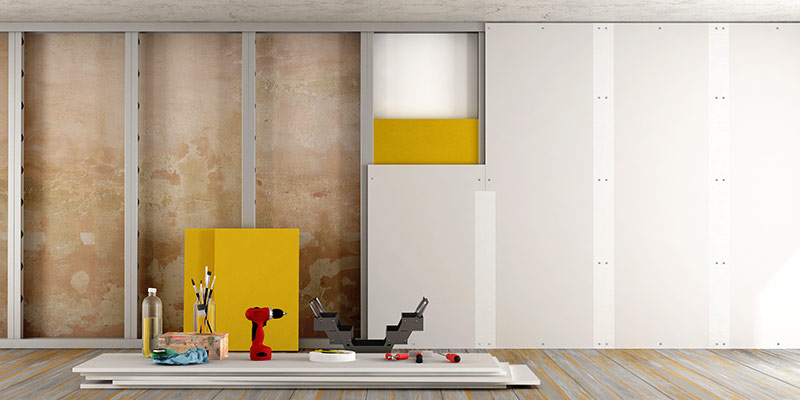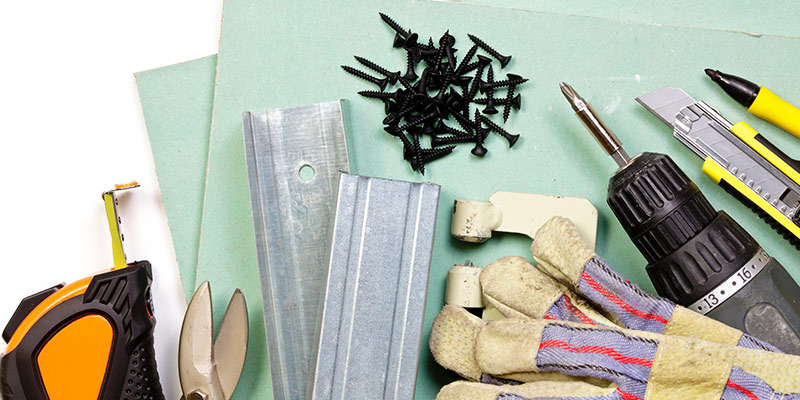You may not be able to see the dirt and grimy buildup on the exterior of your home, but believe me, it’s there. This accumulation of dirt is not a reflection on your cleaning or home maintenance abilities—it’s simply part of your house being exposed to the elements.
But that doesn’t mean that you have to sit idly by as years of grime dull your beautiful home. Keep reading to learn how we can help bring life and luster back to your property.
The Advantages and Disadvantages of Drywall

3 Tips For Properly Installing Drywall
Construction industry professionals know that practice makes perfect when it comes to installing drywall. In fact, there may be some trial and error involved, but installing drywall will become a lot easier and produce better results once some of the fundamentals have been mastered. 1. Construction Craft Workers Practice Safety On The Job Safety is crucial before and during any type of installation. When working with drywall, it’s important to wear safety goggles to prevent gypsum dust from irritating the eyes. Of course, ensuring that the actual worksite is safe should also be a top priority. Safety precautions that can be taken before an installation include making sure there’s enough space for yourself and your team members, your tools, and the materials you will be using. 2. A Construction Craft Worker Should Always Have the Proper Tools
In order to successfully install drywall, you’ll need the proper tools for the job. These include: measuring tapes, utility knives, framing squares, screws, nails, and pencils. Some other tools you will need when working with drywall are: • Drywall saws that are designed to saw through the paper surface and gypsum core of drywall. • Drywall hammers are designed with a serrated face that grips nails more easily. • Drywall screws are the preferred method used for installing drywall, since they provide a more secure and longer lasting connection. • Drywall screw guns have built-in clutches so that when driving a screw into drywall, the screw will go just beneath the surface of the sheet. 3. A Construction Craft Worker Must Properly Mix Compounds Most people use pre-mixed compounds for drywall installations. While these compounds are sufficient, experts suggest getting the compound to the right consistency before applying it. Premixed-compounds are sometimes stored for too long and they can become very stiff. By adding water, you can whip it up the right consistency—which should be similar to the consistency of cake icing. Construction professionals understand the importance of ensuring there are no clumps or too much air in the compound before applying it. If there is too much air small bubbles can appear in the seams when the compound is applied to the drywall.








Leave a Reply